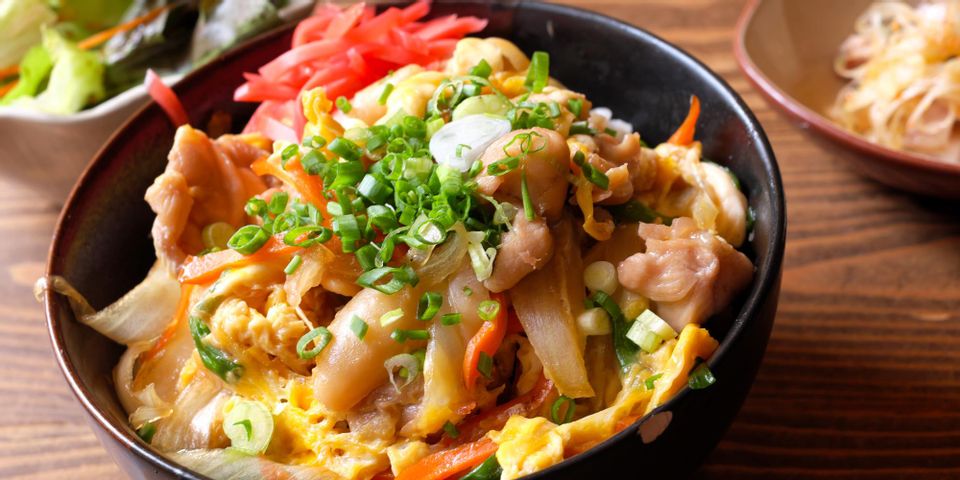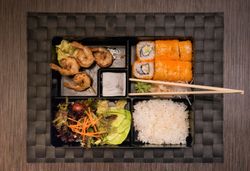
Today, many people are looking for options that are both healthy and satisfying. Some of the most helpful examples of how to eat well come from traditional cuisines across the world. Japanese food is one of the best because both the ingredients and the food culture are exceptionally healthy.
Traditional Japanese Foods
The Main Staples
Geography plays a major role in the way Japan’s cuisine has developed. As an island nation, fish is a large part of most people’s diets. As an East Asian country, rice has been a staple crop for thousands of years. This combination of ingredients has led to one of Japan’s most recognizable dishes: sushi.
Fish and rice are both low in fat, and fish, in particular, is known for its antioxidants, vitamins, and minerals, including calcium. The high mineral content means fish can replace dairy as a source of calcium in the traditional Japanese diet. And since milk and its products are high in fat, this also helps contribute to a low-fat lifestyle.
Other Traditional Ingredients
Chicken, fruit, vegetables, soy, and seaweed continue the low-fat theme while providing sources of lean protein and essential vitamins. Dishes like fishcakes, nori chicken, tofu, and vegetable tempura offer variety and flavor while keeping fat levels low.
Desserts usually aren’t sugary; instead, you’re most likely to eat fresh sliced fruit or melon after a meal.
Natural Probiotics
Japanese food includes a range of fermented and pickled foods. These add variety to the flavor profile of the cuisine, but more importantly, the natural microbe cultures in the food promote healthy gut flora. That’s why foods like natto, miso, and pickled vegetables help improve digestion.
Japanese Eating Habits
 The general attitude toward food in Japan is also healthy. There’s a common attitude of restraint expressed by the phrase “hara hachi bu,” meaning “stop eating when you’re 80% full.” This is a smart approach because it takes time for your stomach to signal to your brain that you’re full, so it’s easy to overeat unintentionally.
The general attitude toward food in Japan is also healthy. There’s a common attitude of restraint expressed by the phrase “hara hachi bu,” meaning “stop eating when you’re 80% full.” This is a smart approach because it takes time for your stomach to signal to your brain that you’re full, so it’s easy to overeat unintentionally.
Also, Japanese food is traditionally served in small portions across several small dishes or in a bento box instead of on large plates. A large plate of food can encourage people to overeat to avoid waste, so these measured portions are also good for weight management.
If you want to eat more Japanese food, visit Kawamoto Store in Hilo, HI. Serving the Big Island for over 70 years, they offer a wide selection of delicious Japanese dishes, including maki sushi, tempura, and a wide selection of packed bento lunches. Their traditional approach is apparent in the flavor of their food and their décor. They also offer catering for large groups. To find out more about their menu, call (808) 935-8209 or visit their website today.
About the Business
Have a question? Ask the experts!
Send your question

